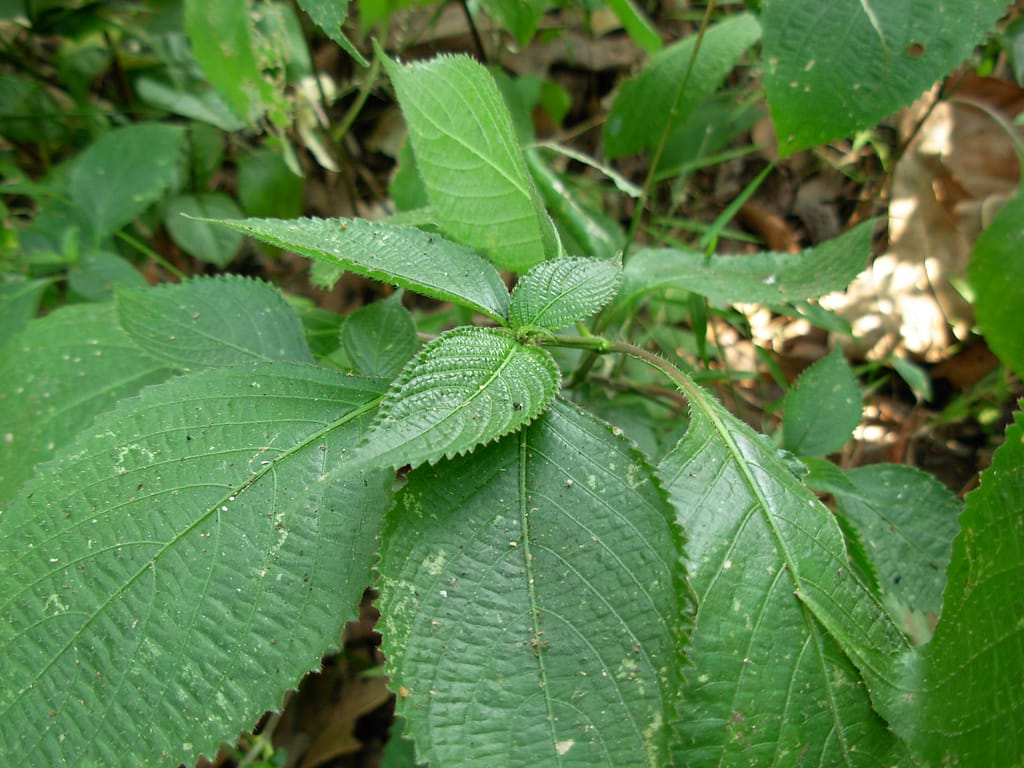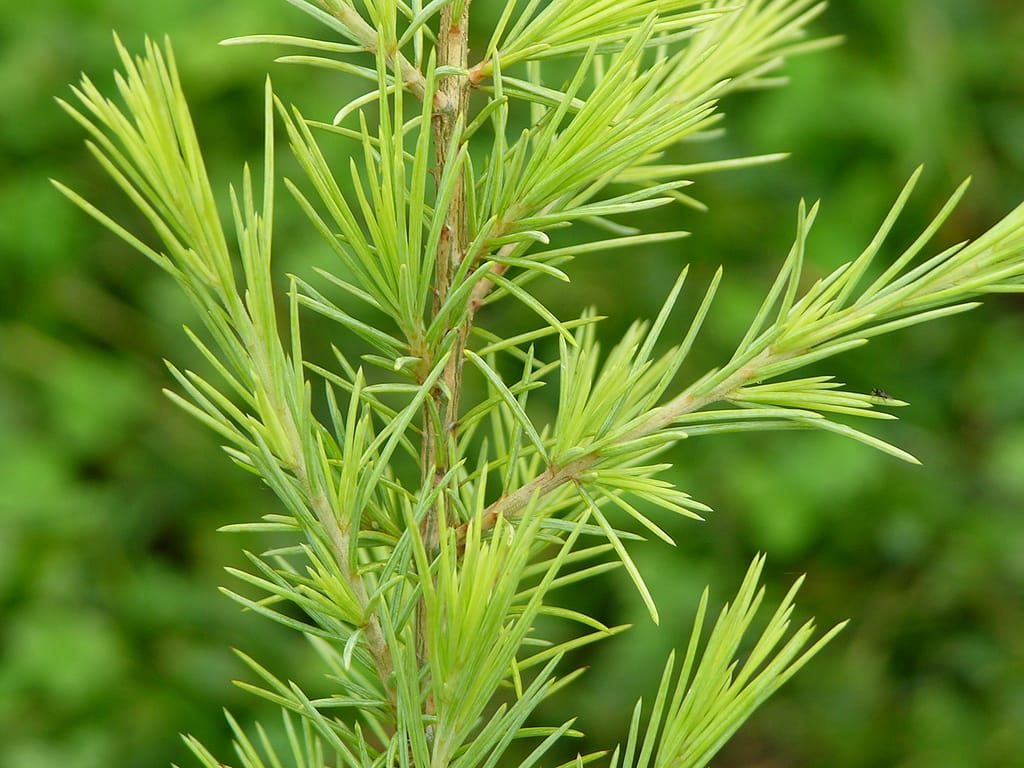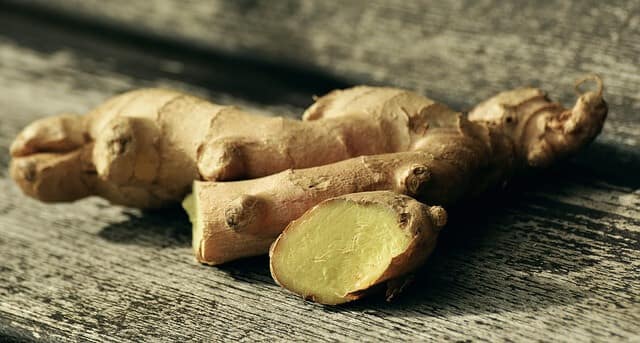Sahacharadi Kashayam, from the popular Kashayam family of Ayurveda, is a proven and effective herbal compound used to relieve pain, especially in the hip and lower back regions.
It does this by reducing the stiffness in the entire lower back area, thus relieving the pain.

Like Sahacharadi, there are numerous concoctions belonging to the Kashayam group of Ayurvedic medicines. Each one has its very own unique therapeutic properties, but they all bear the distinct similarity of being a powerful concentrate to be brewed and consumed in the form of tea.
Locally, they are better known as kaadhas.
Origin
The Sahasram Yogam is a rich Ayurvedic text consisting of 1000 Ayurvedic formulations created for healing a range of ailments. The Sahacharadi Kashayam is one among these.
Others in the Kashayam cluster include Amruthotharam Kashayam, Nilavembu Kashayam, Haritaki and Ginger Kashayam.
All the Kashayams are not only similar in the way they are prepared and administered, but also their ingredients are various permutations and combinations of the following herbs and spices, and others like them:
• Pepper
• Cloves
• Tulsi
• Ginger
• Neem
• Garlic
Also Read: Yoga For Back Pain
Ingredients
The Sahacharadi Kashyam, however, is specifically made of the parts taken from these 3 highly effective ingredients:
1) Sahachara (Strobilanthes Heynianus) or Karun Kurunji
This is a flowering under-shrub that grows as high as one meter.
It has oval leaves, covered in fine bristle-like hair but its the flowers that make it easily recognisable even from a distance. The Karun Kurunji flowers are blue with 5 rounded petals. At the base of the coloured part is a white, bulbous section, giving it a unique appearance.
The Karun Kurunji is found in south-west India from Maharashtra and Karnataka till Kerala. It is also present in some parts of Madhya Pradesh. It has a flowering cycle of two months, from September to October
However, the Karun Kurunji plant flowers only once every 12 years. This makes it an elusive ingredient that is cherished.

2) Devadaru (Cedrus Deodara) or Himalayan cedar
A tall, coniferous tree of which the leaves and heartwood are used in an oil form.
Devadaru is native to the Himalayan region that spans across Afghanistan, Pakistan and India. Locally, it grows in Arunachal Pradesh, Uttarakhand, Sikkim, Himachal Pradesh and Jammu and Kashmir.
It has long needle-like leaves which can be of bright green colour or of even a blue-green shade.
Devaduru literally translates as the ‘wood of the Gods’ and has been referred to often, in Hindu mythological tales. A forest of Davudaru or Deodar trees is considered to be a sacred, divine place.
The heartwood or inner wood of this tree has a strong, therapeutic aroma and so is utilised for its essence in aromatherapy. It also helps to keep away insects. Hence, this wood was often used to make containers that stored spices and food grains to keep them safe from pests. Devadaru wood oil also has anti-fungal benefits.
It balances vata and kapha.
This ingredient alone is able to cure digestive problems, respiratory ailments, inflammation, female reproductive issues, excess body fat and regulate blood sugar.

3) Nagara (Zingiber officinale) or Rhizomes
Ginger is a well-known root utilised widely around the world in local cuisines and for healing purposes. It not only features in the traditional Hindu culture but ginger is common among many ancient ways of life including those belonging to Arabic, Roman and Greek races. Naturally, it is available everywhere and is easy to grow.
Ginger has vast medicinal properties for a variety of illnesses. These include boosting immunity, balancing cholesterol, curing and preventing heart disease, fixing nausea and digestion, and even helping cancer patients with the side effects of chemotherapy.
Apart from being found easily, the other convenient aspect of ginger is that it can be consumed in its purest form – the rhizome, or the underground root.

Preparation
The process to prepare the Sahacharadi Kashyam concoction involves the following steps:
• Find the 3 ingredients listed above
• Measure out the exact required quantity
• Thoroughly clean the ingredients with water
• Dry the ingredients in a clean environment
• Once dry, grind the ingredients into a coarse powder
• Add water and boil all of it together till it reduces
• Drink once or twice a day for 6 to 8 weeks for best results
Dosage
One must take 15 millilitres of the Sahacharadi Kashyam concoction and mix it in 30 millilitres of water. Then consume this before meals once or twice a day depending on the severity of the ailment.
Sahacharadi Kashyam Uses & Benefits
The individual ingredients of Sahacharadi Kashyam have their own special advantages.
The Sahachara or Karun Kurunji works to purify the blood and heal skin diseases. The Devadaru or Himalayan cedar is for pain and inflammation, epilepsy, insomnia, and many other issues. The Nagara or Ginger is an effective cure for pain, nausea, asthma, and digestive issues among others.
These 3 powerful ingredients together as Sahacharadi Kashyam, have a very focused benefit.
Sahacharadi Kashyam is largely associated with pain relief in the hip and lower back.
It is a known cure for Lumbar Spondylosis, cases of Sciatica, and Varicose veins.
According to the Ayurvedic school of thought, Sahacharadi Kashyam is said to treat issues related to vata.
Side Effects
In adults, prolonged usage or large doses over time can cause a burning feeling in the chest or even gastritis. But it is generally a mild remedy so even children can take it in smaller doses.
Pregnant women, however, should consult a doctor before consuming Sahacharadi Kashyam, though they can use it during lactation.
Sahacharadi Kashyam In Other Forms
Sahacharadi Kashyam is also available in oil form called Sahacharadi Thailam. Upon consumption, it can assist to cure:
• Headaches
• Insomnia
• Bronchitis
• Stomach pain
• Cough
Price
There are a lot of pharmacies mostly based in south India who make this preparation. The prices are pretty cheap ranging from Rs 100 to
- Kottakal Sahacharadi Kashyam (200ml) – Rs 104.00
- Tatkshana Ayurveda Sahacharadi Kashyam – Rs 300
Conclusion
Sahacharadi Kashyam is a safe, effective, and well-known therapeutic technique that is easily taken.